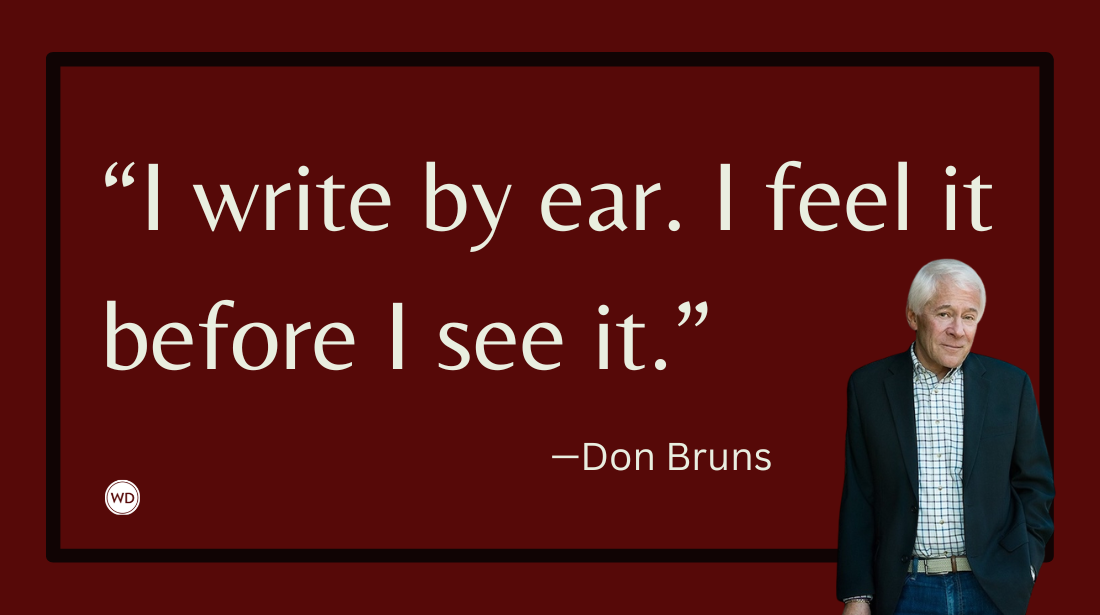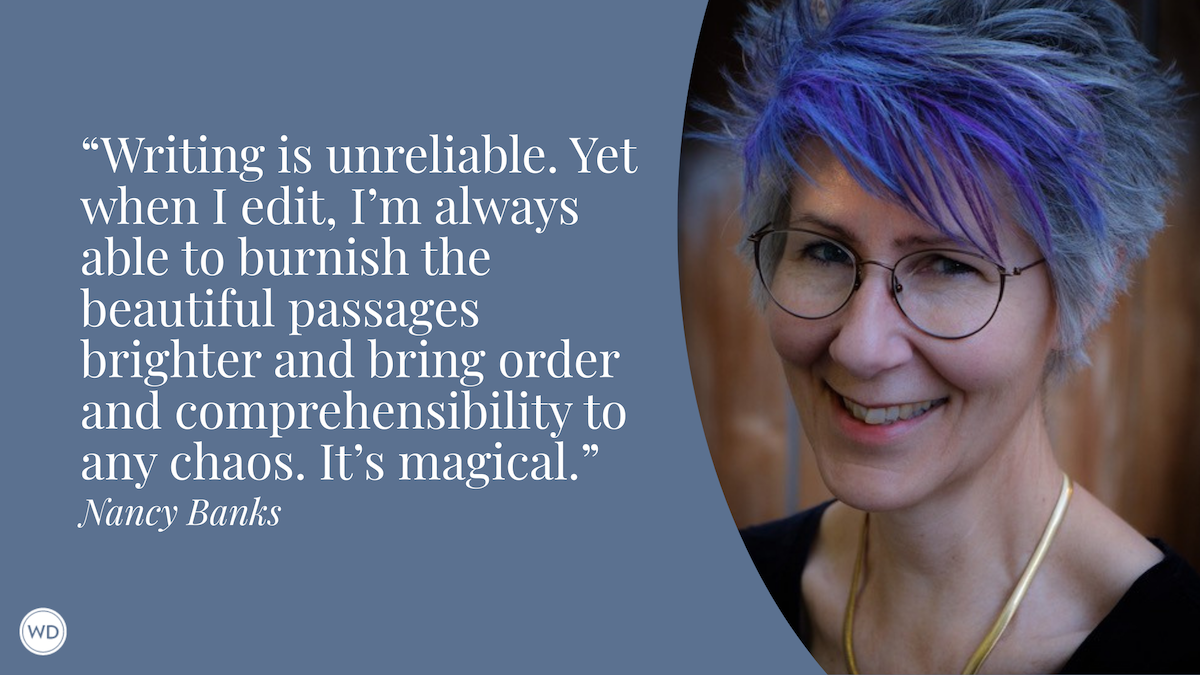An Invitation to Write Diverse Stories That Break the Rules
Author Kimberly Tso shares her experience of writing many drafts of a children’s picture book before finally finding a path to publication.
I’m often asked why I wanted to write my debut picture book, Tic-Tac-Toe Chicken. The question implies that I had a clear purpose from the very beginning. I didn’t. I just had an idea. It’s only with the writing and publishing process in the rearview mirror that I can finally see why I wrote a book about a trained chicken trapped in an arcade and a child who wanted to free her.
The idea started with vague childhood memories of visiting the Chinatown Fair arcade in New York City where the real chicken lived. Many years later, I took my husband to visit it. We both lost our games of tic-tac-toe, but that was to be expected. The chicken always wins.
At first, the manuscripts I wrote fit what classes told me a picture book should be. Entertaining, educational, full of positive life lessons, but not moralistic. The unwritten rules for a children’s book featuring a diverse character were even more specific. I was more likely to sell manuscripts if I stuck with stories about my cultural identity in some way—feeling outcast and fitting in, embracing an unpronounceable name, or teaching readers about foods and holidays they don’t normally eat or celebrate.
But that wasn’t the story that was coming forward, so I tried to write outside the rules for diverse stories. Those early versions were embarrassing in retrospect. At one point, it was an autobiography from the chicken’s point of view. Silly and wholly unbelievable. Another time, a boy persuaded his grandfather to free the chicken. Unconvincing and too sentimental.
Each time critiques came in, I faithfully edited the story until it shape-shifted and eventually was unrecognizable to me. I felt confused and unmoored. Why couldn’t I write this story? What was I trying to say? I still didn’t know. And even if I did, wouldn’t that be preachy? I was following the general rules, but not fitting into the right boxes. In frustration, I threw out one-and-a-half-year’s worth of manuscripts. Yes, I deleted every single one.
Of course, that’s when a publisher asked to see it. A friend pitched them my book premise during a casual conversation, and they reached out to me. This was no ordinary publisher—it was one dedicated to amplifying stories about Asian America. Their mission struck a chord in me. Maybe with this publisher I had permission to write a different kind of story—one where I could still write about an Asian American experience without it having to be about being Asian America. It could just be.
I never mentioned that I didn’t have a manuscript ready to read, because I didn’t want to squander such a precious opportunity. Instead, I begged to send the secretly-yet-to-be-written manuscript to them after I got back from vacation. Then I spent every morning of my vacation hammering out a new draft.
It took me four days. Okay, a year and a half and four days. But those four days were so easy.
Without so much as a spell check, I hastily emailed them the attachment like a Hail Mary into the endzone, hoping to score but not expecting to. I mean, I wrote it in four days. It was probably terrible. But amazingly, graciously, my publisher-to-be, Third State Books, understood what I was trying to accomplish. They knew why I wrote Tic-Tac-Toe Chicken before I did. And miraculously, they wanted to publish it. They even knew the perfect illustrator for the project.
With the book finally published, more people ask why I wrote this story. Now, I have many answers:
- To preserve a quirky piece of New York’s Chinatown history that was fun. For Chinese Americans, our history here is often full of trauma. Those stories are important to tell, but we are more than our trauma. Our history includes joy, triumph, and community. We need these stories, too.
- To explore how an animal-loving child would free the chicken, especially when up against a collective nostalgia for the Tic-Tac-Toe Chicken and complacency towards its living conditions.
- To write a main character and antagonist who could resist the racist stereotype of Chinese immigrants as universally cruel towards animals.
- To counter the stereotype of Asian Americans as apolitical or unwilling to rock the boat and take a stand. Beatrice is a girl whose compassion for Lillie drives her budding activism. Her instinct for justice and fairness is natural and clear-eyed, as it is for many children.
None of that was in the front of my brain when I wrote the story. Instead, I was thinking about what would be entertaining to children, what the market wanted, what I thought agents and editors would like, what would sell.
My “whys” had been in the back of my brain all along, but it wasn’t until I met a publisher who shared my values and cultural experience that they could come forward. I didn’t have to explain to this publisher why I didn’t want to “lean into” the arcade owner as more evil or why tic-tac-toe chicken wasn’t the name of a dish in a Chinese restaurant. I could allow myself to clear away the publishing rules and fill my blank pages with what was in me to write. And the story tumbled out.
Why did I write Tic-Tac-Toe Chicken? Because knowing there was a publisher out there willing to break the industry’s rules for diverse stories gave me permission to break them, too.
Check out Kimberly Tso's Tic-Tac-Toe Chicken here:
(WD uses affiliate links)









